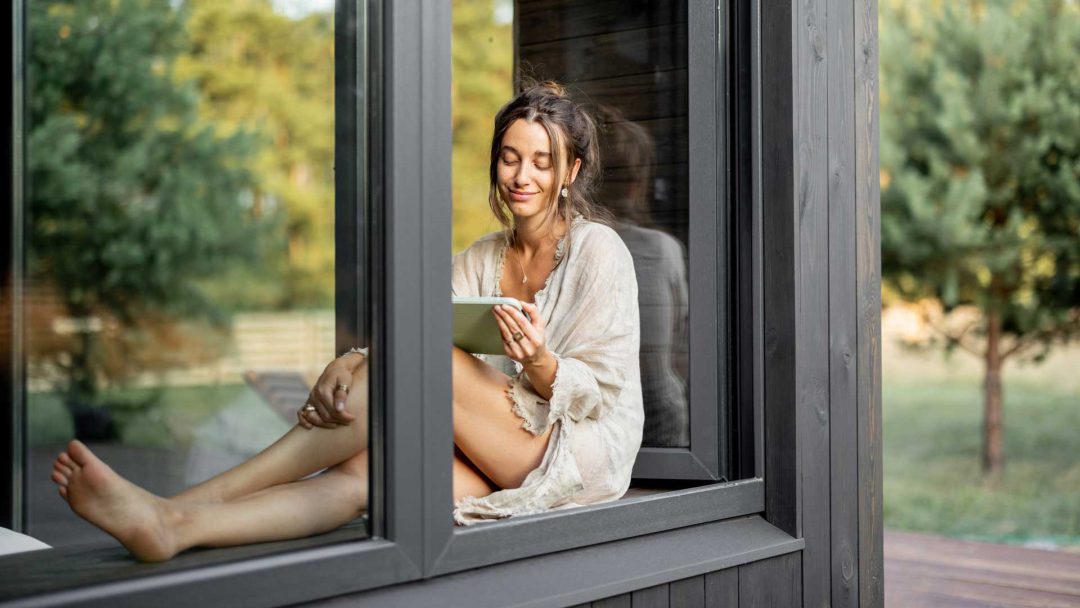All Categories
Featured
Table of Contents
How Does Double Glazing Keep Heat Out? in Tuart Hill Western Australia
That window can transfer more solar heat in winter season than in summertime. A west-facing window on a summer season's afternoon has an angle of incidence from near 0 approximately 30 with a big reliable area of solar radiation. A north-facing window, in summer season, has a high angle of occurrence and a low efficient location of solar radiation, so can transmit less heat than a west-facing one.

You can quickly and easily enhance the thermal efficiency of your home by replacing your windows. There are thousands of types of glass and frames to pick from.
Stay Cool This Summer With Double Glazed Windows - Aaa Glass in Leeming Perth
Single glazing with clear glass is not very efficient when it comes to heat loss or gain. To improve performance, you can use single glazing with a more energy-efficient type of glass such as low emissivity (low-e) glass.
Numerous layers can be assembled with sealed cavities between each sheet of glass. IGUs generally provide much better energy performance than single glazing, due to the fact that they send less energy. The energy efficiency of IGUs also depends on: the homes of each layer of glass. Various glass types (for example, clear and low-e glass) can be assembled in an IGU.
Keeping Your House Cool In The Summer in Rossmoyne Western Australia

IGU cavities can be filled with air or a more inert, low-conductivity gas such as argon the width of the cavity. Broader cavities supply lower (better) U values, with 12mm typically accepted as the preferred gap how well the cavity is sealed.
If argon is installed to the cavity in location of air, moisture is dependably left out the level of desiccant (drying representative). The spacer (metal or polymer strip) that separates the glass layers includes a desiccant to take in any wetness. Inadequate desiccant may cause wetness to condense on the glass surface area in cold conditions, minimizing thermal performance.
Windows Of Opportunity: Your Guide To High-performance ... in Bellevue Perth
In fact, IGUs can provide better energy performance for all climates, especially in heated and air-conditioned homes. Cross-section detail of single, double and triple-glazing systems Low emissivity glass (frequently called low-e glass) reduces heat transfer. Low-e glass may be either high or low transmission: High transmission low-e glass has a coating that enables daylight from the sun to enter your home to accomplish good solar heat gain, however decreases the quantity of the long wavelength infrared heat that can get away back through the window.
Low-e glass has either a pyrolytic finishing or a vacuum-deposited thin movie metal covering. Pyrolytic finishings are resilient and can be utilized for any glazing; vacuum-deposited coverings are soft and are just utilized within IGUs. Low-e finishings can substantially improve both U worth and SHGC; nevertheless, they should be utilized properly or they will either deteriorate or stop working to carry out as needed.
Keeping Your House Cool In The Summer in Hovea Western Australia
Low-e finishings can be utilized in mix with clear, toned or reflective glass. Low-e coverings on glazing can lower heat transfer where required Picture: Department of Market, Science, Energy and Resources Toned glass has colouring additives included throughout manufacture. It is readily available in different colours, usually bronze, grey, blue and green.
Table of Contents
Latest Posts
Which Type Of Glass Is Best For Energy Efficiency? - A&l Windows in Medina WA
Double Glazing Versus Secondary Glazing in East Victoria Park Western Australia
A Complete Guide To Double Glazed Windows in Kewdale Perth
More
Latest Posts
Which Type Of Glass Is Best For Energy Efficiency? - A&l Windows in Medina WA
Double Glazing Versus Secondary Glazing in East Victoria Park Western Australia
A Complete Guide To Double Glazed Windows in Kewdale Perth